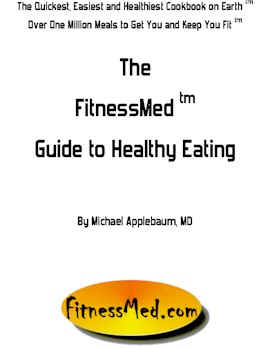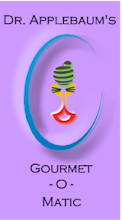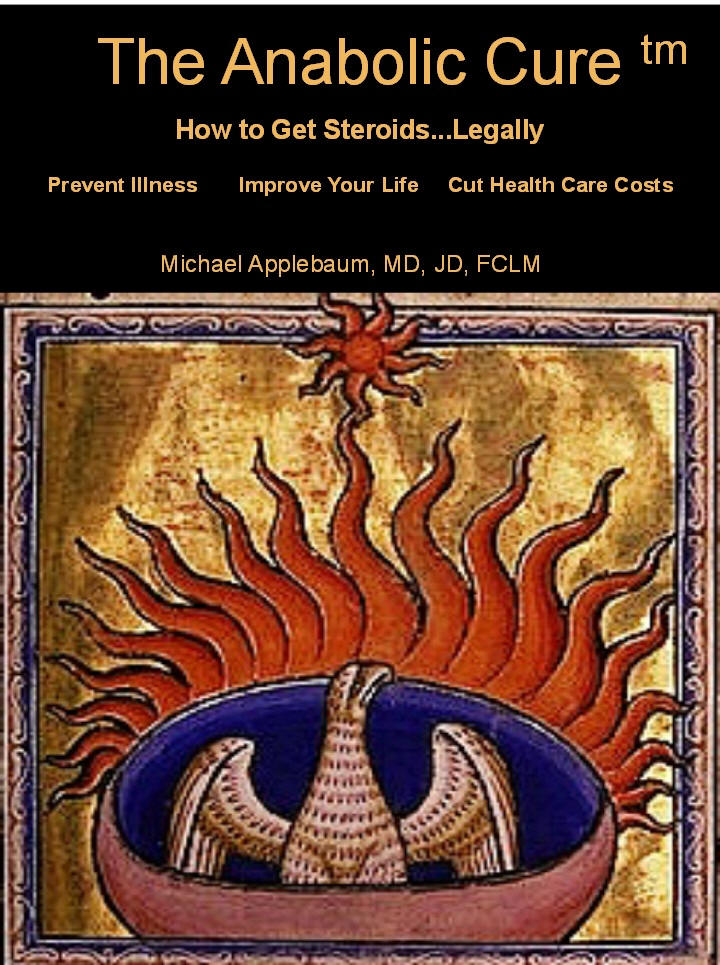It is one of the most successful indoctrinations in modern Britain, filtering into every aspect of public life.Apparently.
I start my day on a bus decorated with the injunction to eat five-a-day, I drop my son off at a nursery where he learns to count using the Government’s five-a-day fruit and vegetable quota, and at the supermarket it is slapped anywhere it will confer a commercial advantage.We have swallowed it whole and, when we swallow the five-a-day, we believe we gain a kind of magic protection. Or we did until last week’s news that the biggest study of its kind, published in the Journal of the National Cancer Institute, showed that the reduced cancer risk by eating five-a-day didn’t add up to more than a hill of beans.
This made me a bit queasy. Where did this five-a-day order — promoted by government, the NHS, the American Cancer Society and more than 25 other countries — come from? Fuelled by a two-a-day-diet — ketchup and an olive — I tracked the global health campaign. The trail took me back 25 years, to a woman in California, and left me with little appetite for public health advice.
“The world has gone mad with targets,” says Tim Lang, the first stop in my quest. I’d tried the Department of Health, and was told its five-a-day programme was announced in 2000, based on World Health Organisation advice about the role of diet in cancer, but that didn’t really tell the full story.
In 1991 the American Government adopted the five-a-day policy, as growing numbers of experts were stating that bad food was causing cancer. First and foremost among them was Britain’s esteemed Sir Richard Doll, the scientific hero who established the link between cigarettes and cancer. In 1981 he estimated that a third of cancer deaths in the West could have been avoided with a better diet. When Sir Richard spoke, the world took notice and, by 2007, says Willett, the experts proclaimed that eating a load of fruit and veg could reduce your cancer risk by 50 per cent. The American National Cancer Institute upped its recommendations to nine-a-day.Hey, great job with fruits and vegetables preventing cancer.
“It was a pretty rough, arbitrary number, which is always the case with any target,” says Willett. But, he adds, the studies were fatally flawed.
“They were based on retrospective evidence — asking people about their diet after they had already got cancer, which can lead people to report differently. Also, the control groups were not perfectly random, the people who volunteer for that kind of thing are much more health-conscious individuals.”
So, from where did the US Government get the idea for the number five, if not the scientific studies? I was closing in. Marion Nestle, nutrition professor at New York University, thinks she remembers exactly where.
“It was Susan Foerster, the head nutritionist in California. She had the bright idea of promoting fruit and vegetable consumption in a state which was a big fruit and vegetable producer.”
The American National Cancer Institute admits that “no studies have tested the impact of specific numbers of servings on cancer risk”. But it says five was chosen in California in 1988, as it doubled the average consumption, and “the number five was memorable and provided a platform for creative message and programme delivery”.
Not.
“We have to abandon this idea that there’s something miraculous in diet,” says Paulo Boffetta, the doctor behind last week’s study. “It’s not true for fruit and vegetables as a whole, and even less true for fruit and vegetables individually.”Yes.


Cue music, the OJays "Back Stabbers":
(What they do)Read the whole article.
(They smile in your face)
All the time they want to take your place
The back stabbers (back stabbers)
(They smile in your face)
All the time they want to take your place
The back stabbers (back stabbers)
It might even be true.
And almost certainly no bigger a lie than "5-a-day."








No comments:
Post a Comment